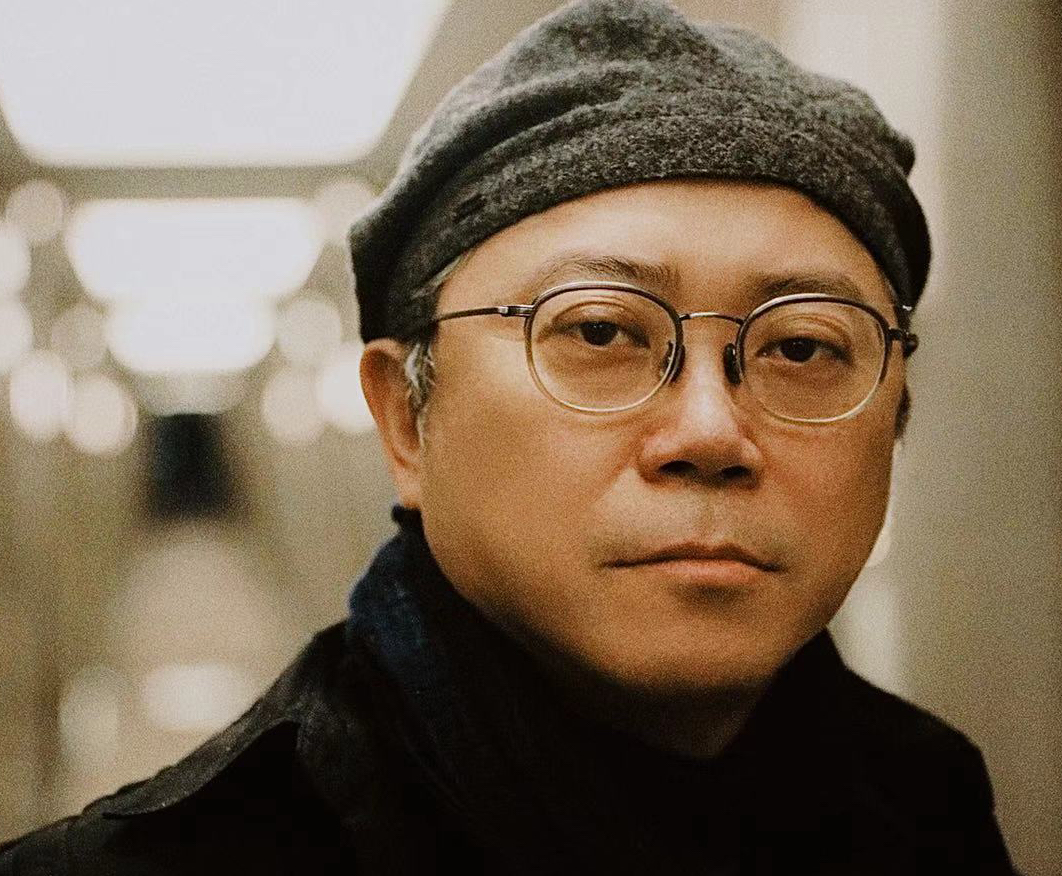By Tim Gihring //
When Tim Yip won the Academy Award for art direction, for Crouching Tiger, Hidden Dragon, in 2001, he was so nervous—as Catherine Zeta-Jones handed him the Oscar—that he was only able to thank his family and the film’s director, Ang Lee, before the band played him off the stage.
It was awkward. It was also a watershed moment—for Yip and for Chinese cinema. Crouching Tiger, Hidden Dragon, with its acrobatic fight scenes and imaginative vision of 19th-century China, went on to win four other Academy Awards. It still is the highest-grossing foreign language film in the United States.
When Yip was asked by a Taiwanese magazine, 10 years later, to look back at the impact of his win, he replied, “What do you mean ‘look back’? I’m still living in the moment of being an Academy Award winner!” He told the interviewer, “Fame is great. It’s the fastest way to get international respect.” In the world of Chinese art directors, he suggested, there were only two names that would come to anyone’s mind: William Chang, who has often collaborated on the stylish films of Hong Kong director Wong Kar-Wai, and Tim Yip.
His fame, however, was hardly assured. He had largely stopped working on films for nearly a decade before Crouching Tiger, Hidden Dragon came along. And before that he was one of five children in a small house in Hong Kong, drawing and dreaming. “When I was young, I would draw to prove my self-worth,” he wrote in an essay for the South China Morning Post a couple years ago. “Whenever I drew, I got a lot of attention. People flocked to see my drawings displayed at schools or elsewhere. I was very proud of that. Whenever I felt frustrated, I would draw to regain my self-confidence.”
It took all his confidence to tell his family about the calling he felt, when “to say that your ambition in life was to go into the arts was about as honorable as saying you wanted to be a drug addict.” His older brother broke the mold first, going into photography. Yip soon did the same. He was shooting for a Hong Kong film magazine, in 1986, when he latched onto a John Woo film at the beginning of the Hong Kong cinema renaissance. Hundreds of films were being shot there every year, and few of them put much effort into art direction. Yip was soon winning awards both for art direction and costume design.
Still, most Hong Kong producers cared more about action than art, and Yip was grateful to make a connection on set in 1992 that lured him into the more imaginative world of theatre. For the rest of the decade, he worked mostly on theatre and dance productions, living a bohemian life in Taiwan among fellow artists obsessed with reimagining ancient traditions—”lunatics,” he’s called them, who “could go without sleep, go without eating, completely immersed in Peking opera.” It was, he says, “collective madness.”
By the time he was introduced to Ang Lee, who was developing his vision of an avant-garde take on a martial-arts movie, Yip was ready to get back into film. After the success of Crouching Tiger, Hidden Dragon, there was plenty of work, even as Yip felt perpetually drawn to other outlets for his creativity—theatre, again, and museums.
In 2010, he was invited to stage a solo show at the Museum of Contemporary Art in Taipei, in which the story of a fictional character is told through video, photography, and theatrical installations. In 2016, Tim Yip was working on the set and costume design for a production of Dream of the Red Chamber by the San Francisco Opera, which was funded by the Minnesota-based Chinese Heritage Foundation. It was through this show that he met Yang Liu, Mia’s curator of Chinese art, who was already thinking of new, more avant-garde ways of displaying the museum’s Chinese collection.
For “Eternal Offerings: Chinese Ritual Bronzes,” on view at Mia starting March 4, Yip has designed an immersive experience around some 150 of the museum’s Chinese bronze objects once used to make offerings to heavenly and ancestral spirits. It’s his first time working with authentic artifacts, not props. “It’s not like a movie,” he says, “because the material is real and spiritual people made it. They believed in another world. The audience can feel these things.”
It is a solemn, serene setting, says Liu, authentic to the ancient experience of these objects. It is also undeniably Yip, blurring the lines of various media in pursuit of a richer meaning. “I have a love for my own traditional culture,” he said in 2010. “How Chinese tradition is presented and how to find its modernity and complexity will always remain as one of my tasks to accomplish.” Now, at least, he has begun.

